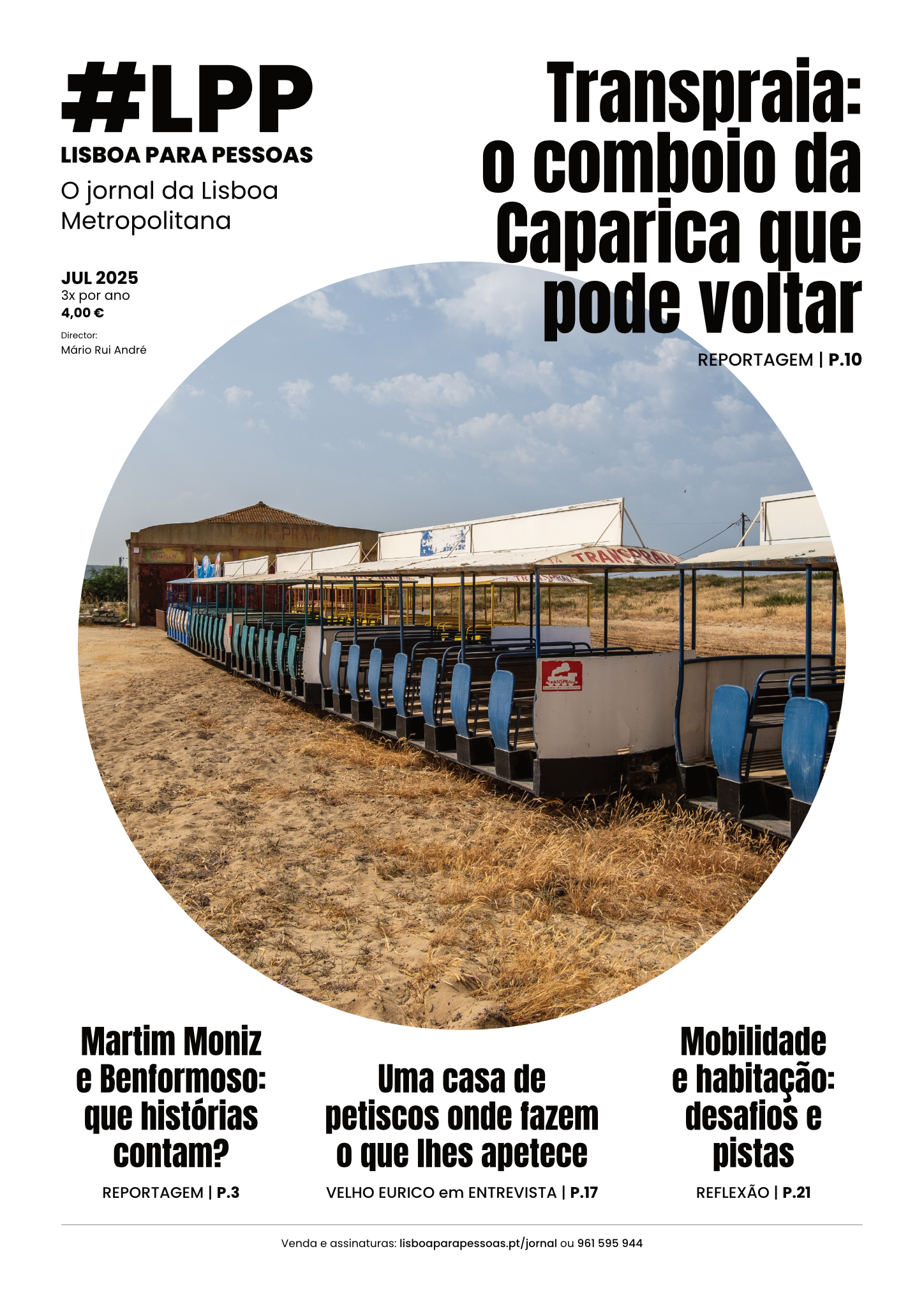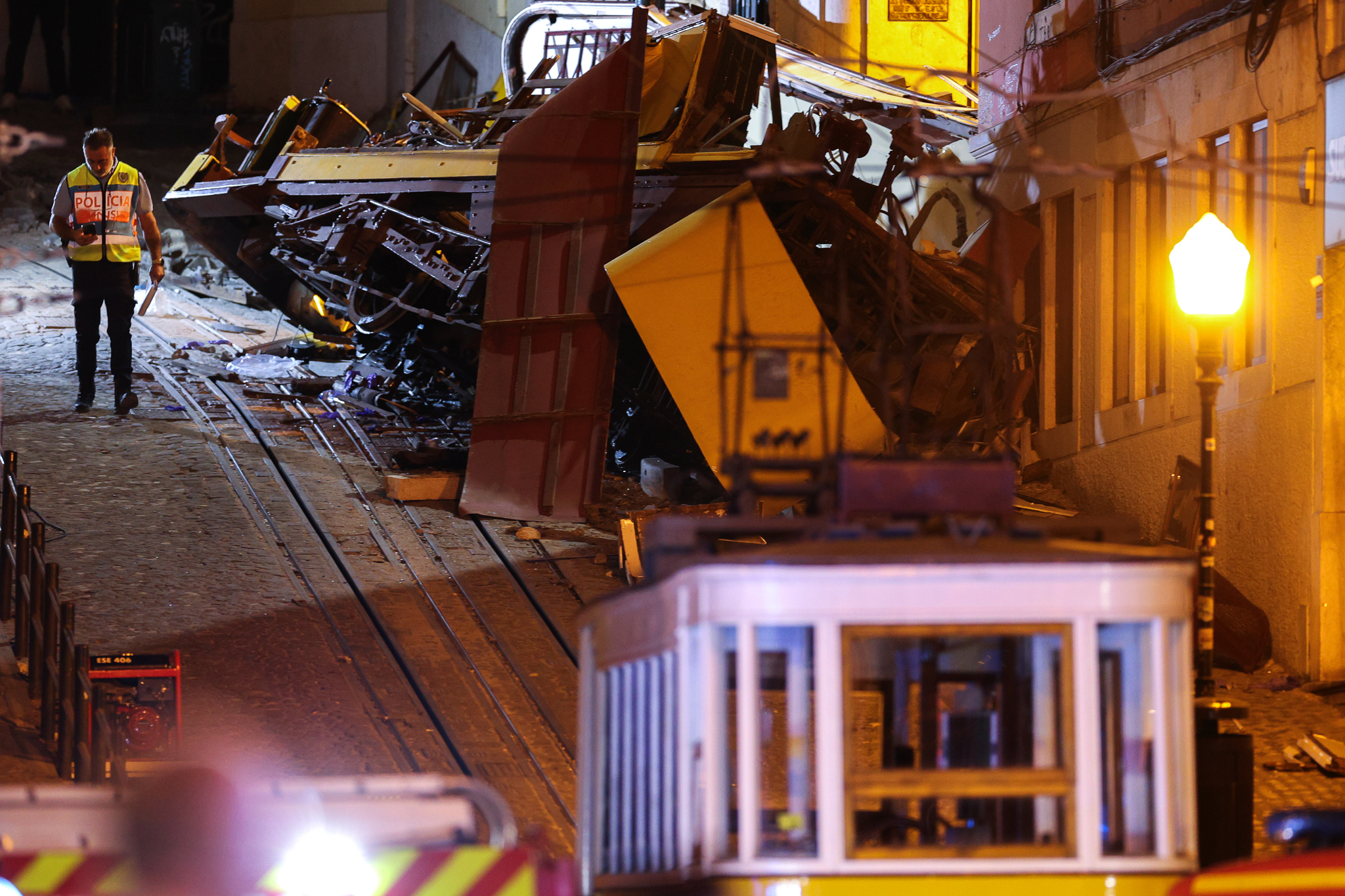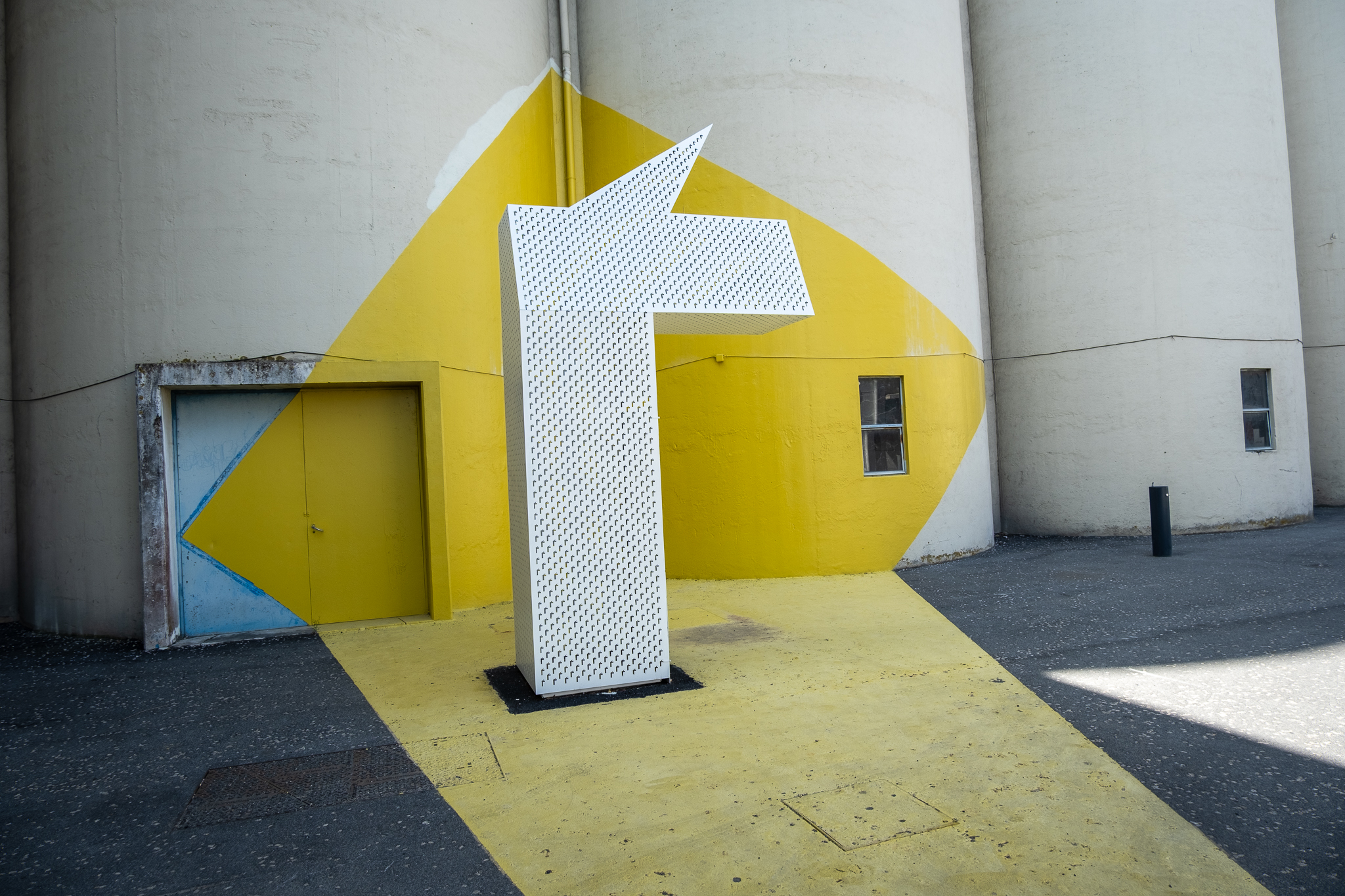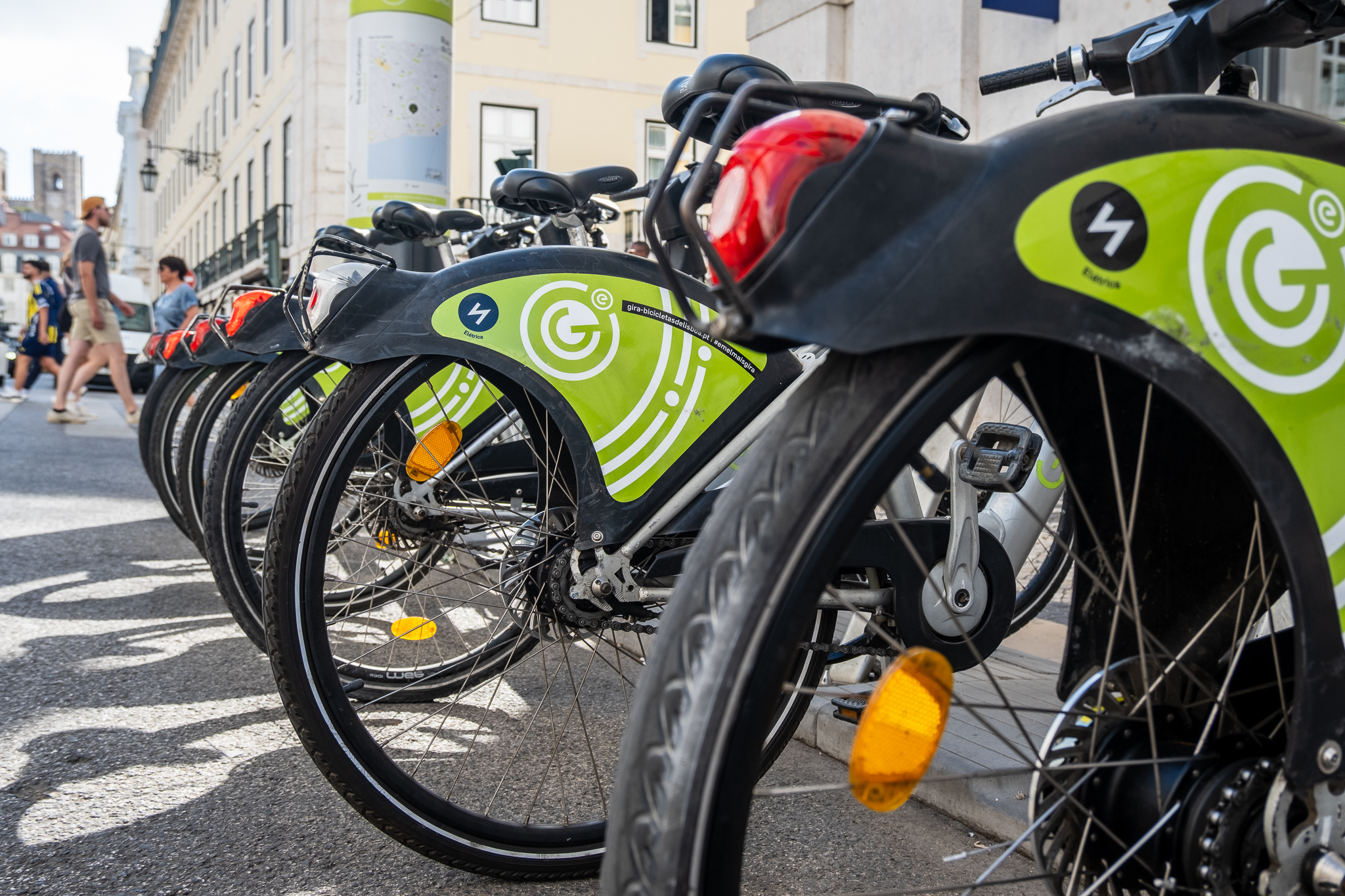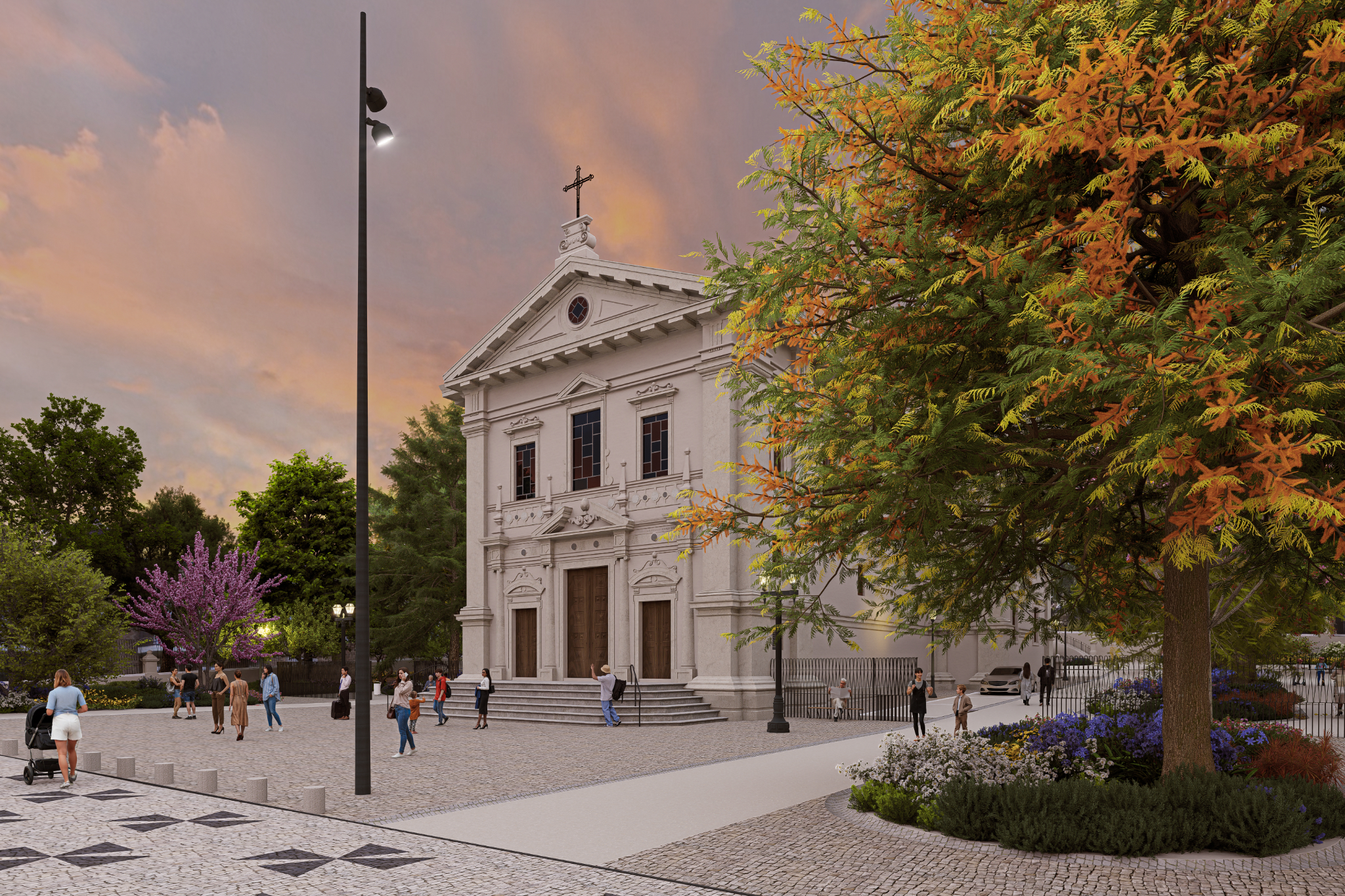The ban on bicycles and scooters in the Rego elevators was imposed on April 1. Since then, some of the signs have been torn down.

Installed more than two decades ago, two elevators and a pedestrian overpass allow residents and visitors to the Santos ao Rego neighborhoodin the parish of Avenidas Novas, to overcome the barrier effect that the train line causes. But recently, the Avenidas Novas Borough Council, responsible for the maintenance of these public elevators, decided to prohibit the transport of bicycles and scooters in them - an unprecedented and unparalleled decision in the city of Lisbon.
The notices of this ban were reportedly posted on both elevators last April 1, and since then some of them have been torn down. The reason for this restriction on the transport of soft mobility vehicles is unclear, but it may have to do with a maintenance issue, since it came about after the Junta, once again, repaired this equipment. But was it the bicycles and scooters that were damaging Rego's elevators, putting them out of service?
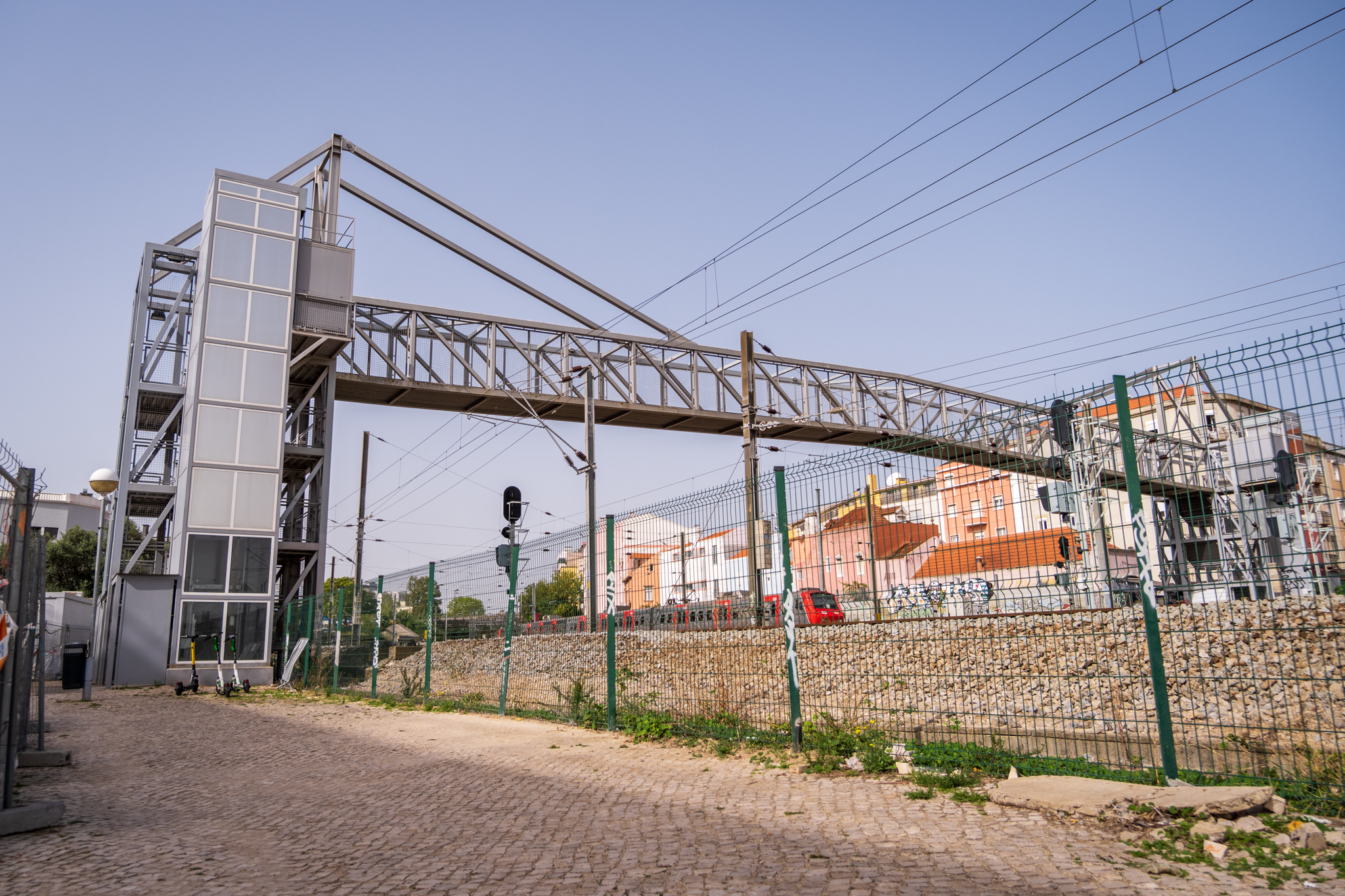
A bicycle user, who recently went to dinner with friends at a restaurant in Rego and was surprised by this ban, does not believe this theory. "What is the difference between my bicycle and a suitcase? Is it even possible to prohibit transporting certain types of goods in elevators? I confess I don't know. But it seems ridiculous to me to ban the soft mobility modes, the ones we most need to encourage."he tells Lisboa Para Pessoas, preferring not to identify himself.
Since those two elevators have existed, they are frequently out of order. In the publications of the Avenidas Novas Council on social networks there are records of at least two breakdowns in the last 12 months: whom was resolved on April 1st of this year, and another solved on November 25, 2021. On social networks there are also several reports, such as thisI can read comments like this one about the recurrent malfunctions in this equipment: "The abusive use of elevators by bicycles and scooters, despite prohibition signs, leads, in addition to material degradation, to constant breakdowns." But already in 2011 - when the use of bicycles and scooters in Lisbon was still very residual compared to today - an article in Público reported the frequent unavailability of these elevators. "Everyone has lost count of how many times the elevators have had problems since they started operating"he had been writing the newspaper for ten years. "The causes of so many breakdowns are varied." In that year, there was talk about the absence of an adequate rainwater drainage system, which accumulated in the elevators' lower shafts.
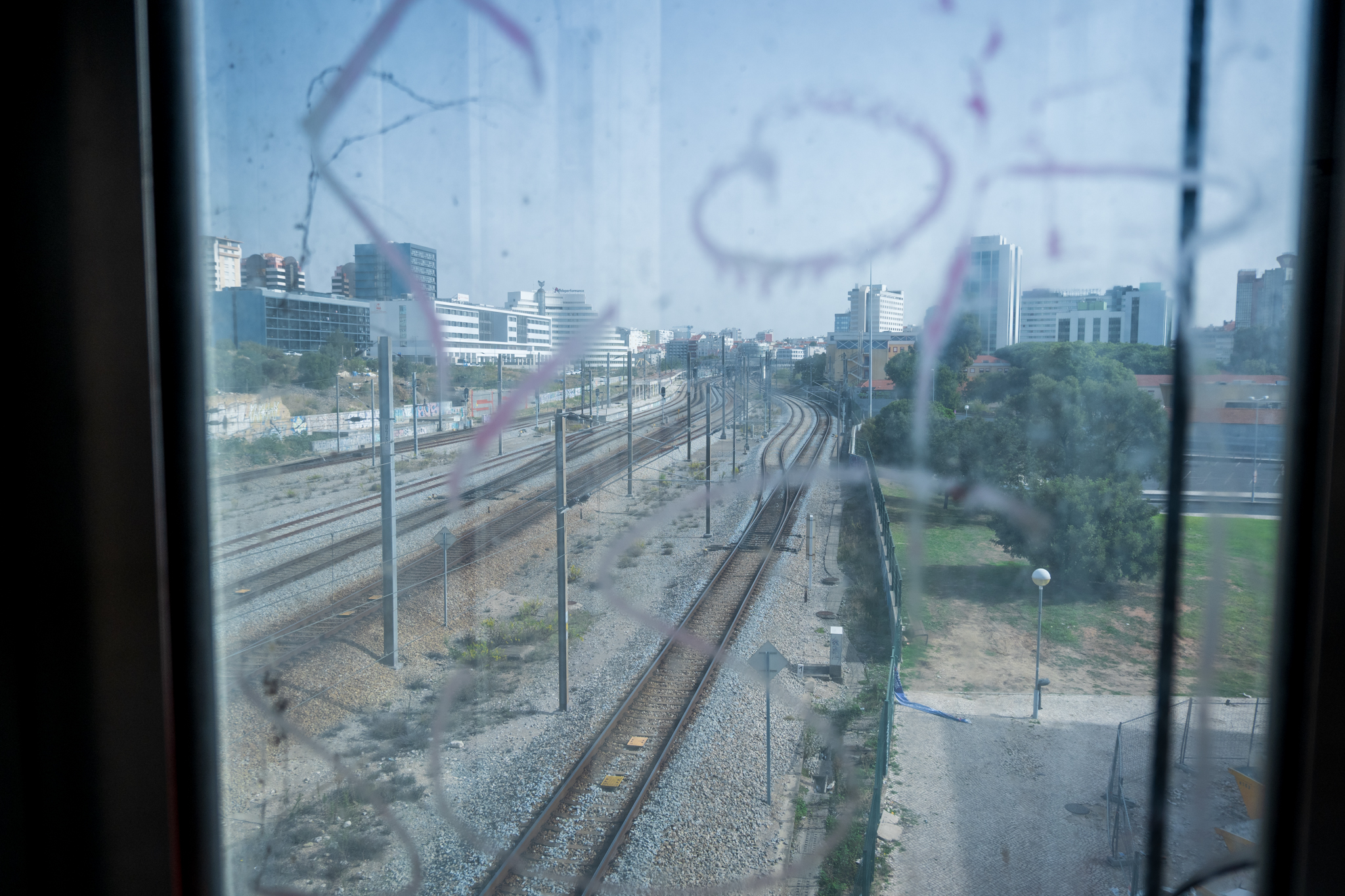
Although the ban on transporting bicycles and scooters in the Rego elevators was put in place on April 1, it has gone unnoticed over the past few months. Many of the notices put up by the council have already been torn down - on the Avenida de Berna side, there is no longer any information about the ban; there are only posters on the neighborhood side, both inside the elevator and at its lower entrance. So it will be natural for the users of these soft mobility vehicles to be surprised when they go up on one side and go down on the other.
The alternative to elevators is seven flights of stairs on each side. While it is true that there are rails placed on these stairs for bicycles, not all types of bicycles can be transported this way, either because of their weight or volume. Furthermore, a person who lives in the Santos ao Rego neighborhood and rides a bicycle to work every day, with that pedestrian crossing as the most direct route, will prefer the elevator whenever it is available. On the other hand, transporting a personal scooter in the elevator is, in terms of volumetry, not much different from transporting a suitcase or any other object. This ban raises more questions: what if the scooter is placed folded inside a bag, does it already fall outside the ban? And a folding bicycle also carried in a bag, can it go on the elevator now? What about a hoverboard electric or a monoroda? And is it possible to transport large furniture or appliances in these elevators?
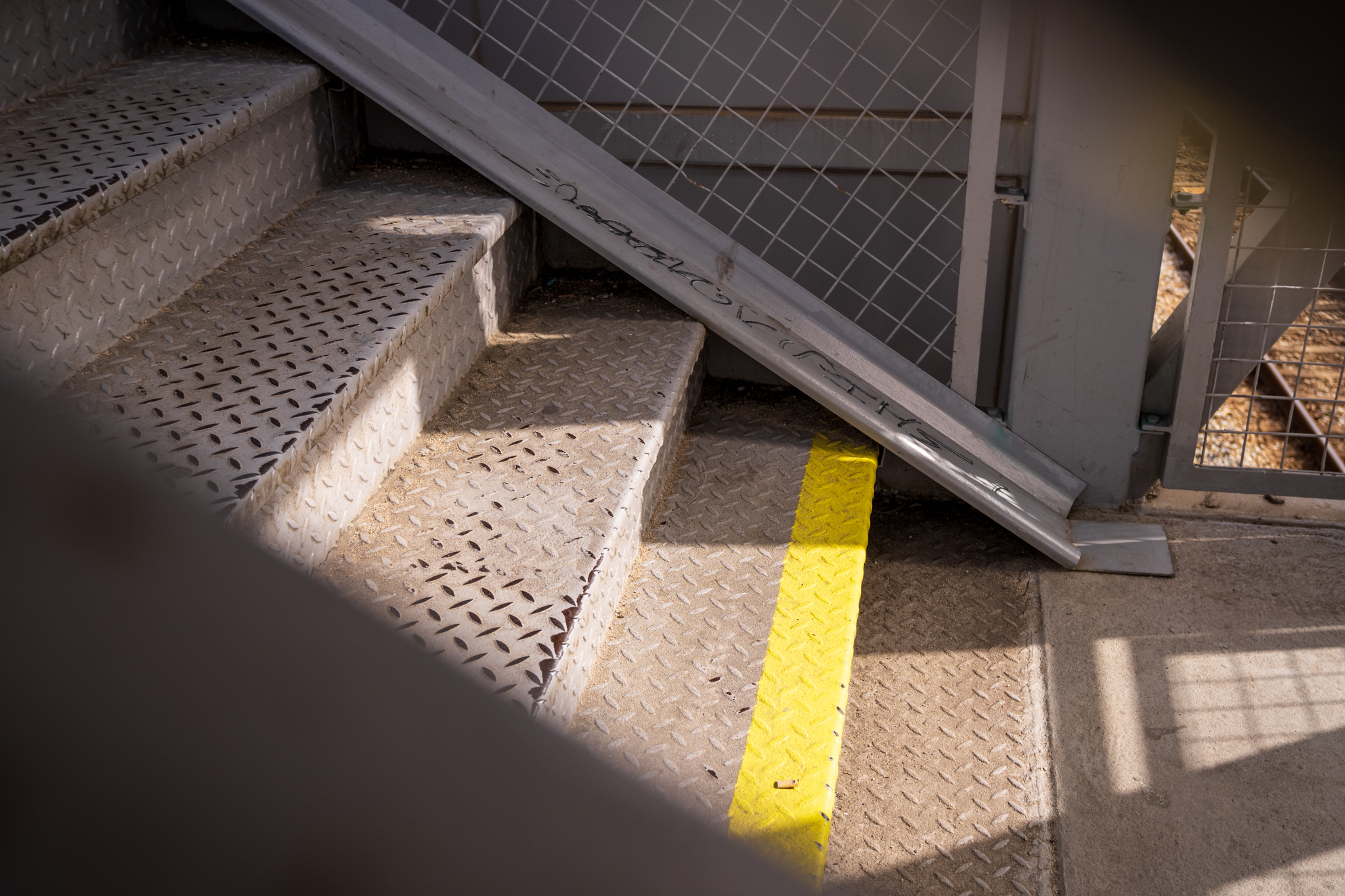
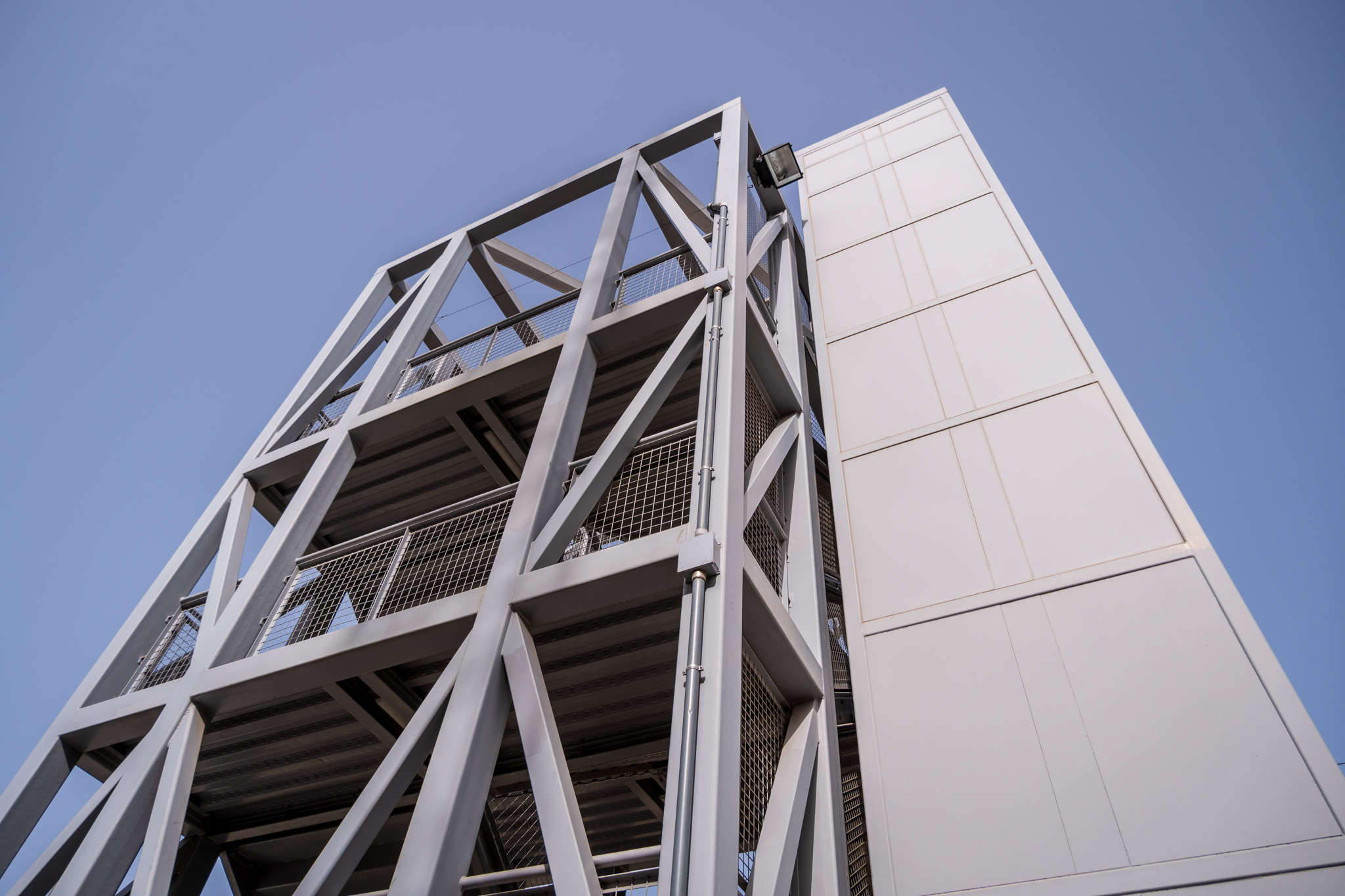
There is no record of any other public elevator in the city of Lisbon where bicycle and scooter transportation has been, at least in theory, restricted. Between Campo Pequeno and Entrecampos there is also an overpass under the train line with two elevators, one on each side; this equipment, managed by EMEL, does not place any impediment to the transport of soft mobility vehicles. Bicycles can also be transported in the Elevador do Castelo, downtown, which allows one of the hills of the Castle to be overcome. In the elevators in metro and train stations there is also no restriction, nor any record of breakdowns caused directly by these vehicles. In any elevator, it is up to the users to use common sense and civility, trying not to damage the equipment, no matter what they take with them.
Returning to the Santos ao Rego neighborhood, the bicycle user who spoke with Lisboa Para Pessoas tells that the use of the elevator was the most logical and fastest option for him, who was carrying a 20 kg bicycle. But he was surprised not only by the ban but also by a popular one. "A neighborhood vigilante decided to heckle me and my friends and prevent us from going through the elevator with our bicycles by continuously pressing the door opener button. We tried to talk and understand the motivation for this ban, and this gentleman told us it was because of causing elevator malfunctions"he says. "When we repeatedly asked why - how do bicycles and scooters break down elevators - he deflected the conversation and repeated that it was forbidden. When we asked why he was being fair to us (for transporting a bicycle in a public elevator) and not to the car that was parked on the sidewalk, he also deflected the conversation."
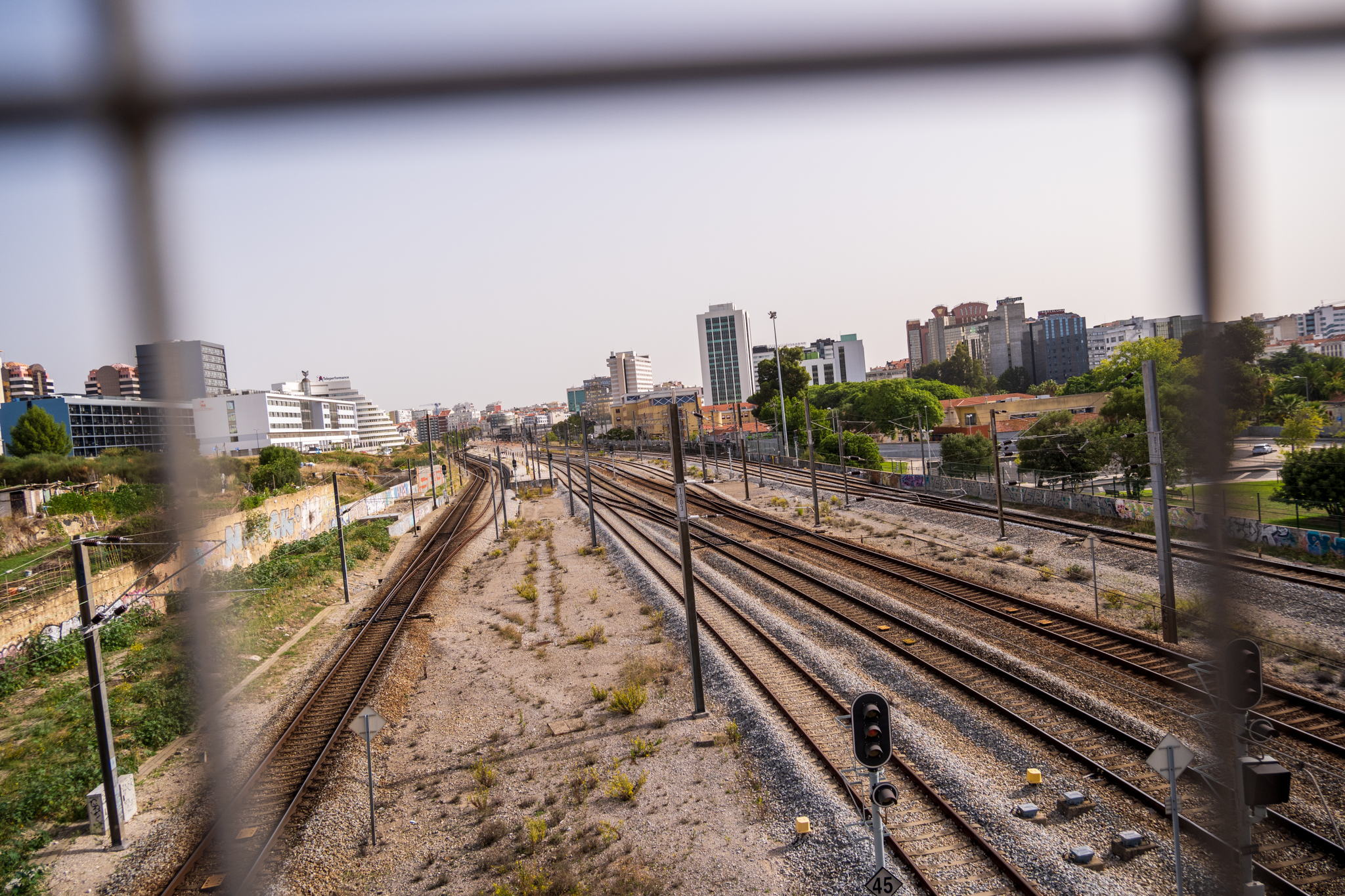
"For the right to active mobility, we were undeterred and stayed in the dispute for about 10 minutes, actively trying to figure out a brief rational line that would justify this discrimination. We only broke free when other people finally arrived to use the elevator and he acknowledged that he had no right to make more people wait in the name of his vigilante act."he reports. "Today I'm still trying to understand why it's forbidden. I've never seen it anywhere and I often use public elevators in Lisbon. I appreciate that the Junta de Freguesia makes public the reasons for this ban. It just seems like persecution."
The pedestrian overpass from Bairro de Santos ao Rego and its elevators allow pedestrian crossing between one of the most central but isolated neighborhoods in Lisbonand the heart of the Avenidas Novas parish. Besides the train line, Rego is surrounded by three avenues with an expressway profileAvenida dos Combatentes, where a bike path was built in 2019 with no connection to the neighborhood and where the sidewalks are still narrow and uncomfortable; Avenida das Forças Armadas, which is not at all inviting for bicycles and scooters; and Avenida Álvaro Pais, which also does not allow a safe entry or exit of the neighborhood in active mobility. There is also the Rego tunnel, which passes under the train line and where pedestrians are not allowed to circulate and bicycles are not the most advisable because of the curve that this tunnel presents.
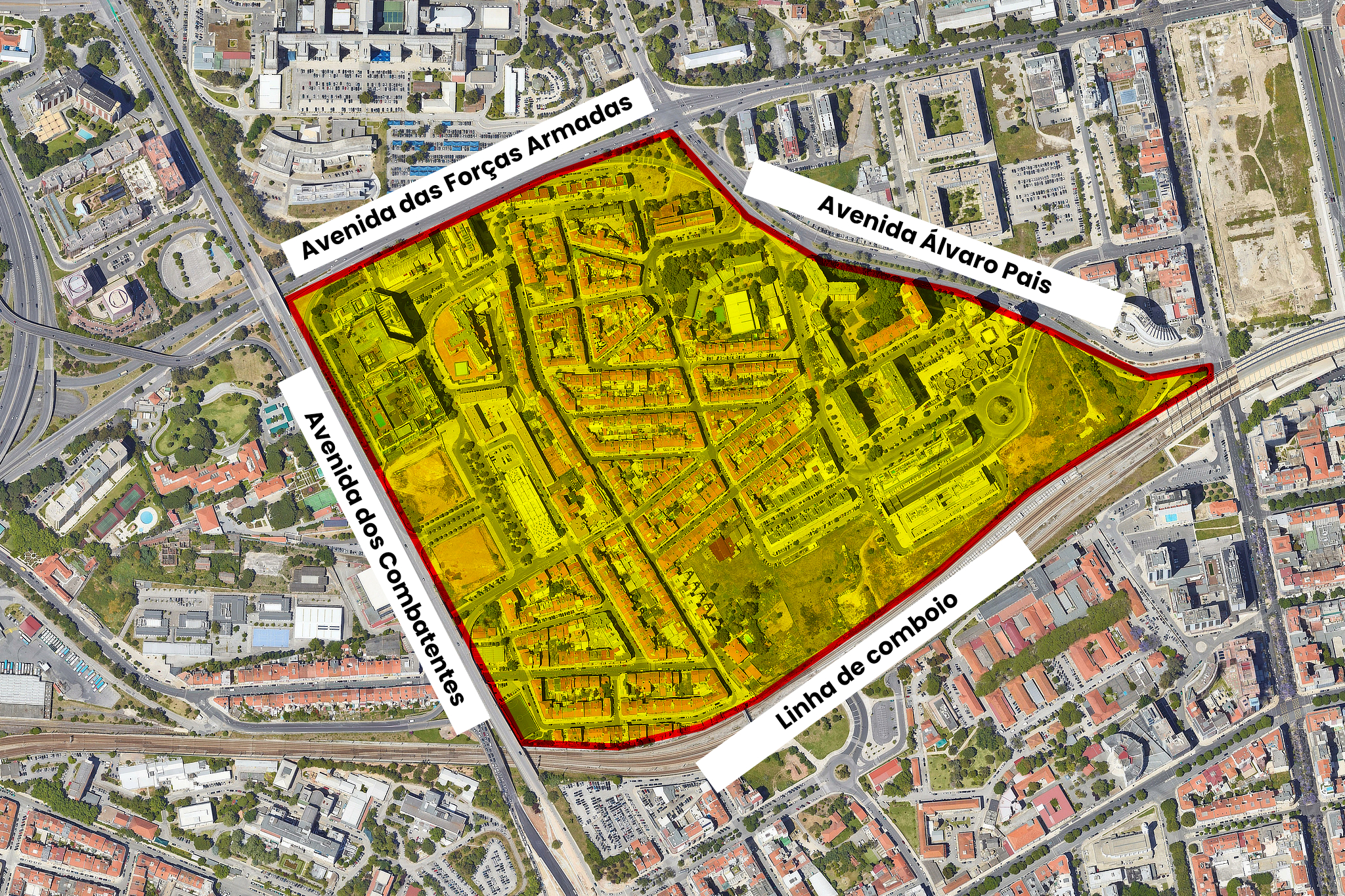
The expansion plans for the cycling network of the Lisbon City Hall for the Rego area suggest integrating the current pedestrian crossing into the network, with a set of 30+bike shared lanes on one side and on the other. In Rego there are already several of these 30+bicycle lanes. A one-way cycle track is also planned on Avenida Álvaro Pais (it was, in fact, one of the corridors planned in the pop-up intervention plan presented in 2020), which will connect both to Cidade Universitária (via Avenida Prof. Gama Pinto) and to Avenida 5 de Outubro and Avenida da República.
